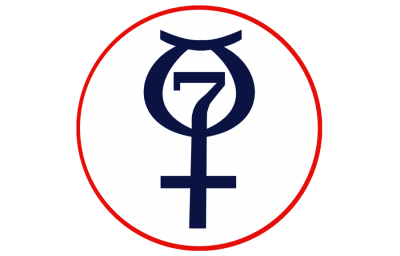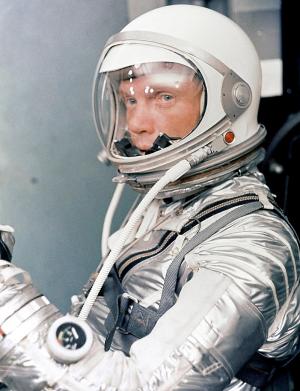Mercury Missions

Credit: NASA
NASA's Mercury missions put the first Americans into space. The Mercury programme took place from 1958 to 1963, during the Space Race. The Space Race was a fight between the USSR and the USA to be the best at spaceflight. It was a race against time to be the first to put a human into space and then on the Moon.
The spacecraft only had enough room for 1 person. There were 6 crewed Mercury flights between 1961 and 1963. Of those, 2 went to space and came straight back to Earth again. The other 4 orbited the Earth. NASA carried out many test flights before they sent crew to space in the Mercury capsule. Some of these test flights included animals as passengers.

Credit: NASA
As well as learning how to launch crafts into space and orbit the Earth, Mercury helped NASA learn how the crew could work in space. Inside the capsule, the astronaut was in sitting position with their back to the heat shield. There was not enough room to stand up or move around. During the mission, the astronaut would drink water and eat food pellets. They wore spacesuits for protection. These suits contained an oxygen supply and a system to keep them cool. The suits were able to check the astronaut's health while in flight. It could measure their heart rate, blood pressure, and temperature.
The spacecraft design was changed 3 times during the missions. The shape of the heat shield was improved, and the escape system was changed to a different design. The Gemini and Apollo missions which followed were successful thanks to the Mercury missions.

